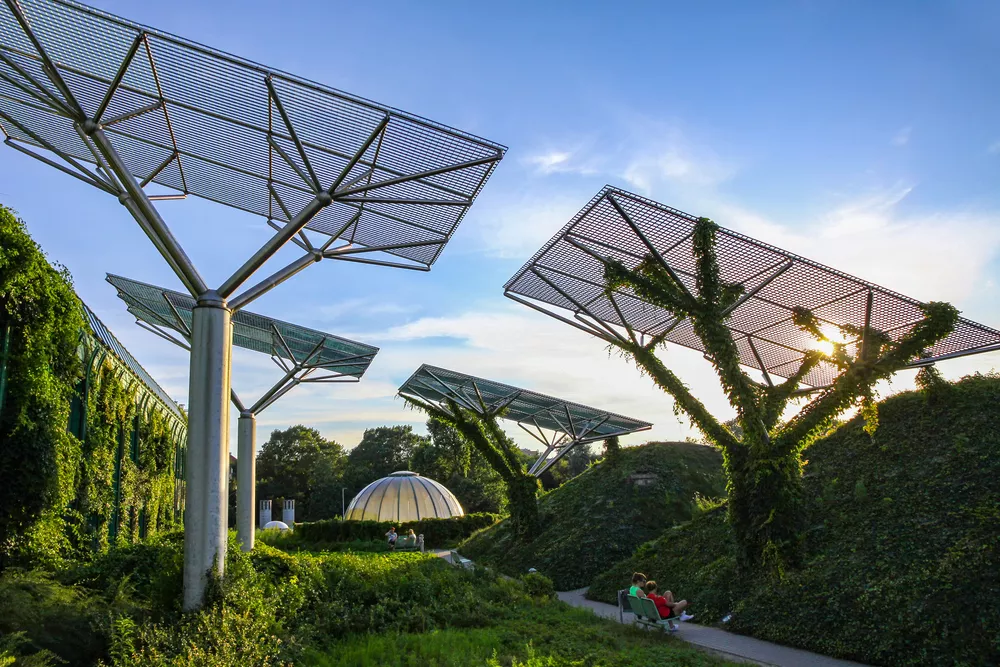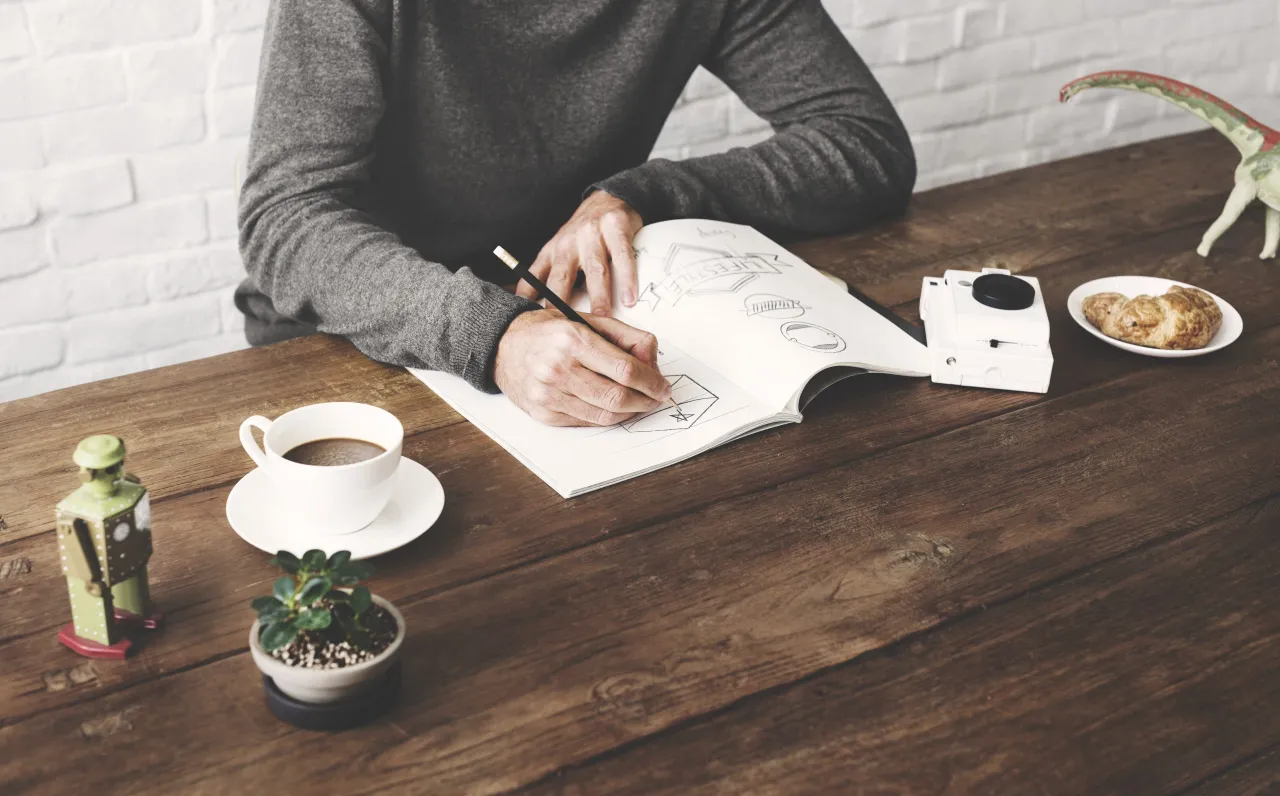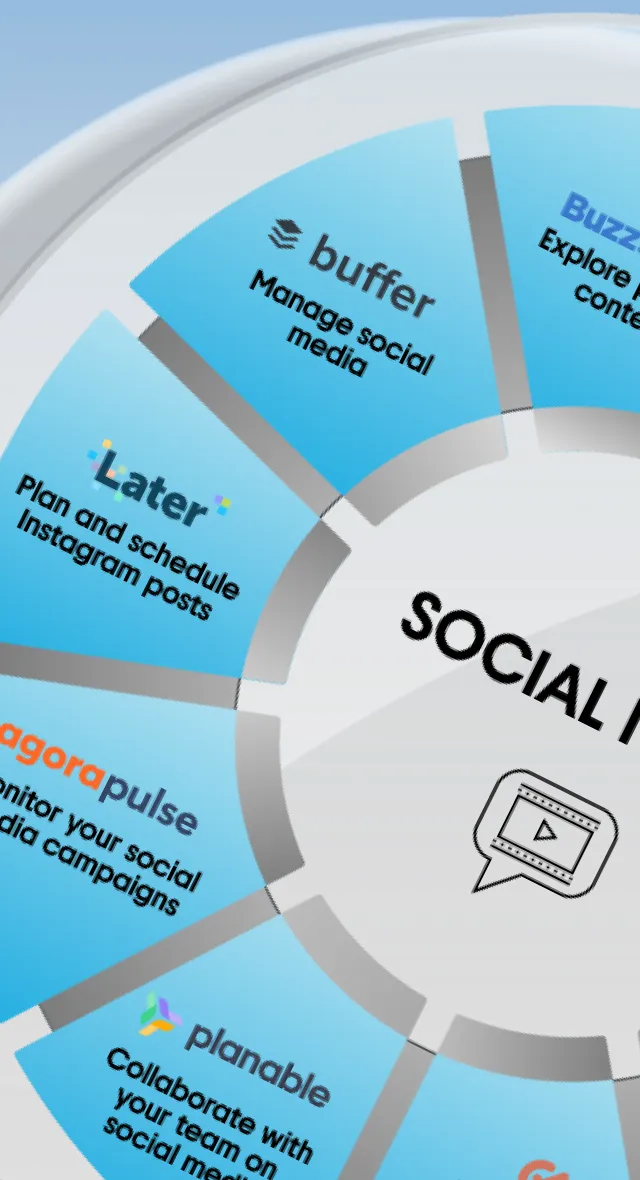Sustainable Design and Circular Economy: Key Practices, Materials, and Insights for 2025
Climate change and global warming have accelerated rapidly over the past few decades, with NASA reporting unprecedented rates over millennia. Can we stop it, and what actions are needed?
While reducing carbon emissions and single-use plastics is important, they aren’t the only issues. Sustainable design and business practices are key to mitigating climate change and ensuring long-term environmental recovery. In 2025, sustainability will become a core element of business plans, driving innovation and eco-friendly growth.
In this article, we’ll look at the role of sustainable design in the circular economy, the use of eco-friendly materials, and strategies for overcoming sustainability challenges. Keep reading to discover how to integrate sustainable practices into your business and design strategies for a greener future.
What is a circular economy?
Unlike the traditional linear economy—where we purchase, use, and throw away items—the circular economy rethinks this consumerist and resource-depleting cycle.
It prioritizes reusability, recycling, and responsible consumption, ensuring that materials and products are used for as long as possible.
Considering that by 2050, global waste production is projected to reach 3.40 billion tons per year, adopting circular economy principles is more critical than ever. This mindset can help businesses contribute to a more sustainable and resilient future.
Understanding sustainable design in business
Sustainable design, also referred to as green design, is a key principle of circular economy. It focuses on creating products, services, and marketing materials that reduce environmental impact but retain functionality and aesthetics.
Essentially, it uses renewable resources, minimizes waste, and considers the entire lifecycle of a product.
Visually, sustainable design often favors clean, natural, and minimalist elements that reflect environmental consciousness. However, it’s not just about appearance—longevity also plays a significant role.
Durable, timeless products are more satisfying for consumers and contribute to waste reduction, making them a smart investment for the planet and the consumer.
How can green design impact your business success?
Sustainable design extends beyond the product itself—it shapes how a brand is perceived. Companies can communicate their values and ethical commitments to consumers by embracing eco-consciousness and sustainability.
Let’s explore how green design can contribute to a healthier planet and drive profitability, innovation, and long-term success for your business.
1. Increased brand value and customer loyalty
Today’s consumers are more conscious of where they spend their money. Studies show they are willing to pay nearly 10% more for sustainably produced or sourced goods, favoring brands that reflect their values.
By integrating eco-friendly design, you will appeal to this growing demographic and foster deeper trust and loyalty, turning customers into long-term advocates.
2. Enhanced competitive market differentiation
Sustainability can be a key differentiator in industries where competition is fierce (e.g., marketing agencies, creative studios, e-commerce, and content production companies). Companies prioritizing green design stand out, offering more than just a product or service—they commit to responsibility.
This distinction provides a competitive edge that helps your business attract environmentally conscious consumers and gain an advantage over brands that are slower to adapt.
3. Resource optimization and cost efficiency
Even though sustainable materials and processes will probably require higher initial investments, they will lead to significant long-term savings.
Energy-efficient production, waste reduction, and durable product design can lower operational costs while improving profit margins. Simply put, you will spend less on energy, materials, and waste management while benefiting from greater durability and efficiency.
4. Compliance with global regulations and risk mitigation
Governments worldwide enforce stricter environmental laws, and if you fail to adapt, you risk getting fines, legal challenges, and reputational damage.
By proactively integrating sustainable design, you can future-proof your business, enhance your credibility, and build a more resilient operation.
5. Stronger CSR initiatives
Sustainable design is a powerful tool for enhancing your corporate social responsibility (CSR) initiatives. It allows you to showcase your company’s environmental and social well-being commitment.
By integrating green design, you will improve your reputation and attract investors and strategic partnerships, ultimately advancing your long-term sustainability goals.
3 notable examples of sustainable product design
Eco-friendly packaging—Lush’s Eco Pops
Eco Pops has been a key part of Lush’s eco-conscious brand identity since 2018. They are a perfect alternative to plastic packaging as they biodegrade quickly in water and soil.
Essentially, Eco Pops are made by extruding cornstarch pellets with vegetable oil under high pressure and heat, forming puffy shapes similar to polystyrene but so much more eco-friendly.
Digital products—Amazon’s Kindle
Kindle is a popular e-book device that reduces the need for physical, published books and conserves resources like paper and ink.
It is made from recycled materials and is part of Amazon’s trade-in and recycling campaign that encourages the return of old devices for recycling or upgrading to newer models.
By opting for digital reading with the Kindle e-reading ecosystem, consumers reduce deforestation and production-related emissions.
Responsibly sourced materials—Levi’s sustainable denim
Levi’s integrates sustainability into its denim production using organic cotton, recycled fibers, and water-saving techniques.
Their Water<Less® technology reduces water consumption during manufacturing, while its WellThread® collection prioritizes fully recyclable and responsibly sourced materials.
Furthermore, by working with The Jeans Redesign project by the Ellen MacArthur Foundation in 2021–2023, they advanced denim circularity and set guidelines for other fashion brands.
9 sustainable design practices and trends for 2025
1. Dematerialization — virtual prototyping & digital-first design
Reducing material waste through digital tools like AR/VR prototyping ensures sustainable product development.
For example, IKEA offers customers virtual prototyping to test designs and streamline production without relying on physical samples.
This reduces resource consumption, decreases environmental impact, and allows professional and amateur designers to test and refine their room and storage concepts.
Following this example, you can integrate digital prototyping tools to minimize material waste, optimize design iterations, and cut production costs—all while enhancing product development efficiency.
2. Modularity — customizable and adaptive design solutions
Products designed with interchangeable parts extend usability, reduce waste, and allow for personalization.
For example, Blueland creates cleaning products with refillable containers and reusable packaging. Their modular approach allows customers to easily replace the cleaning solution tablets rather than purchasing new plastic bottles each time.
This reduces single-use plastic waste and promotes a more sustainable, long-lasting product design.
By embracing modularity, you can offer flexible, repairable, and upgradable products that cater to evolving customer needs.
3. Longevity — designing for durability and timeless appeal
Investing in high-quality materials and classic designs ensures products remain functional and relevant for longer.
For example, the Rolex Submariner is a luxury watch known for its enduring quality and classic design since 1953. Its excellent construction and precise craftsmanship have kept it functional and stylish for decades.
When you prioritize longevity in product design, you build brand prestige, foster customer loyalty, and create high-value, long-lasting offerings that stand the test of time.
4. Disassembly — simplifying the end-of-life process
Designing products with easy separation of materials fosters efficient recycling and reusability, reducing landfill waste.
For example, Apple’s iPhone 16 is designed with recyclable components, and the company offers a trade-in program for customers to return their old devices.
This helps ensure that the materials are properly recycled, supporting a circular economy.
You can adopt disassembly-friendly designs by using standardized components, reducing adhesives, and incorporating clear labeling, making recycling and refurbishment more accessible and cost-effective.
5. Recyclability — creating products with recyclable components
Incorporating recyclable elements in packaging and product development promotes environmental responsibility and supports circular economy principles.
For example, Coca-Cola’s PlantBottle is made from up to 30% plant-based materials and is fully recyclable, helping reduce plastic waste.
By designing for recyclability (with mono-materials), you align business with sustainability regulations, reduce raw material dependency, and enhance your eco-friendly brand positioning.
6. Repairability — extending product lifespan with repair-friendly designs
Designing products for easy repair helps extend their lifespan, reduces e-waste, and encourages sustainable consumer behavior.
For example, Dyson designs its vacuum cleaners with repairability in mind, allowing customers to replace individual components such as motors, filters, and hoses.
This extends the product’s lifespan and reduces the need for customers to purchase entirely new devices while throwing away old ones.
By prioritizing repairability, you can create aftermarket service opportunities, reduce returns and replacements, and strengthen customer trust through durable, user-friendly product designs.
7. Reusability — designing for multi-use and upcycling
Encouraging upcycling strategies allows materials to serve multiple purposes over time, minimizing waste and promoting sustainability.
For example, Patagonia uses fabric from old clothes to create new products, such as jackets, vests, gloves, etc., effectively reducing waste and promoting a circular consumption model.
This practice minimizes the environmental impact of textile waste and supports a more sustainable approach to production.
You can implement reusability strategies by designing adaptable products, incorporating take-back programs, or offering incentives for customers to return used materials for repurposing.
8. Re-manufacture — giving products a second life
Refurbishing and repurposing old products minimizes waste, conserves resources, and extends product lifecycles.
For example, Dell’s refurbishment program restores and resells pre-owned computers, ensuring that valuable electronic components are reused instead of discarded.
By extending the lifespan of devices, this initiative reduces e-waste and lowers the environmental impact of manufacturing new products.
For businesses, adopting re-manufacturing practices helps cut production costs, capitalize on secondary markets, and meet the growing demand for sustainable, high-quality products.
9. Efficiency — optimizing design for energy and resource conservation
Energy-efficient design processes and resource-conscious manufacturing reduce environmental footprints while maintaining product quality.
For example, Apple’s M-series chips are designed for high performance while consuming significantly less power than traditional processors.
By optimizing energy efficiency in its devices, Apple extends battery life, reduces heat generation, and lowers overall energy consumption across its product lineup.
Integrating smart energy management systems, optimizing material use, and investing in low-carbon manufacturing techniques can improve your business efficiency, lower costs, and enhance sustainability efforts.
How environmentally-friendly materials enhance production processes in 2025
Today, creative industries—whether marketing agencies, fashion brands, e-commerce businesses, or others—can significantly benefit from integrating sustainable materials and processes into their workflows.
Here’s what you can focus on:
1. Biodegradable and plant-based materials for packaging and design
Adopting biodegradable and plant-based materials allows you to reduce your reliance on traditional plastics.
Materials like mushroom packaging, seaweed-based plastics, and plant-derived bioplastics can be utilized for product packaging, marketing materials, and even in the design process itself.
These materials break down naturally, helping businesses minimize waste and align with the growing demand for sustainable solutions in packaging and branding.
2. Generative AI to streamline design and production
With generative AI tools, you can quickly create customized digital content that aligns with sustainability goals. Unlike traditional design methods that demand significant resources and time, AI-driven solutions streamline creation by quickly generating content online.
Take, for example, the Depositphotos AI Image Generator. With this tool, you can generate custom, commercially safe designs that perfectly match your aesthetics and creative vision—all in a few minutes.
This eliminates the need for physical prototypes, minimizes resource usage, and contributes to a more efficient production process.
The result is less waste, energy savings, and an overall boost in creativity while maintaining the highest quality standards.
3. Eco-conscious stock image libraries for efficient content creation
Today, online content libraries feature curated collections with sustainable content and eco-conscious imagery, offering a smarter way to create marketing and branding materials.
By leveraging Depositphotos royalty-free content, you can avoid the need for resource-intensive photoshoots or physical production while still gaining access to high-quality, customizable visuals.
Furthermore, using downloaded audiovisual content across various campaigns will help you save time and resources while maintaining a creative, sustainable edge.
4. 3D printing for low-waste, on-demand production
By 3D printing only the exact amount needed, you can significantly reduce waste and energy consumption. This is particularly valuable for producing marketing materials, prototypes, or packaging components.
The on-demand nature of 3D printing also eliminates excess inventory and minimizes environmental footprint.
How to ace the challenges of sustainability in design
Despite the benefits of sustainable design, businesses often face barriers when implementing these practices. Overcoming the following challenges requires strategic planning, investment, and innovation.
1. Higher initial costs
⚠️ Challenge: Sustainable materials, eco-friendly production, and energy-efficient technologies often have higher upfront costs, posing a challenge for many businesses.
💡 Solution:
- Long-term cost-benefit analysis. Focus on the savings from reduced energy consumption and lower maintenance costs;
- Government incentives and grants. Leverage available financial support for sustainable practices, e.g., tax incentives and subsidies;
- Scaling production. As demand grows, increasing production can lower per-unit costs.
2. Limited availability of sustainable materials
⚠️ Challenge: Sourcing sustainable materials that meet environmental and design standards can be challenging, with limited eco-friendly options available.
💡 Solution:
- Partner with sustainable suppliers. Build long-term relationships with ethical suppliers who specialize in sustainable materials;
- Invest in research and development. Explore new materials and methods to reduce environmental impact without compromising design quality;
- Encourage material innovation. Foster creativity within your team to find alternatives like biodegradable plastics or recycled metals.
3. Waste management
⚠️ Challenge: Even with sustainable design efforts, managing waste during production is a significant issue.
💡 Solution:
- Closed-loop systems. Implement manufacturing processes that recycle and reuse scraps, reducing raw material use and minimizing waste;
- Zero-waste design. Create products that can be disassembled and recycled at the end of their life;
- Material optimization. Use cutting-edge technologies like 3D printing to minimize waste and maximize material efficiency during production.
4. Balancing functionality with sustainability
⚠️ Challenge: Integrating sustainable materials and processes can sometimes compromise a product’s functionality or aesthetics, creating a disparity between environmental goals and design quality.
💡 Solution:
- Innovative design thinking. Collaborate with engineers and material scientists to find materials that balance sustainability and functionality;
- Prototyping and testing. Continuously prototype and test to ensure sustainable options maintain performance;
- Consumer education. Educate customers on the long-term benefits of durability and eco-friendliness in sustainable design.
5. Consumer perception and demand
⚠️ Challenge: Despite growing interest in sustainability, many consumers prioritize price, convenience, and aesthetics over environmental impact, limiting the demand for sustainable designs.
💡 Solution:
- Transparent marketing. Clearly communicate the environmental benefits of sustainable products through eco-labels, certifications, and sourcing stories to build trust;
- Educational campaigns. Run initiatives to educate consumers on the importance of sustainability and its long-term value;
- Incentivizing purchases. Offer discounts or loyalty programs to encourage consumers to choose eco-friendly products.
Wrapping up
In 2025, embracing sustainable design and the circular economy is key to business growth and helping the environment. By using responsible materials and tackling sustainability challenges, you can make a real difference while achieving commercial success.
Take inspiration from the practices in this article and explore how you can create your own sustainable design initiatives for a greener, stronger future.

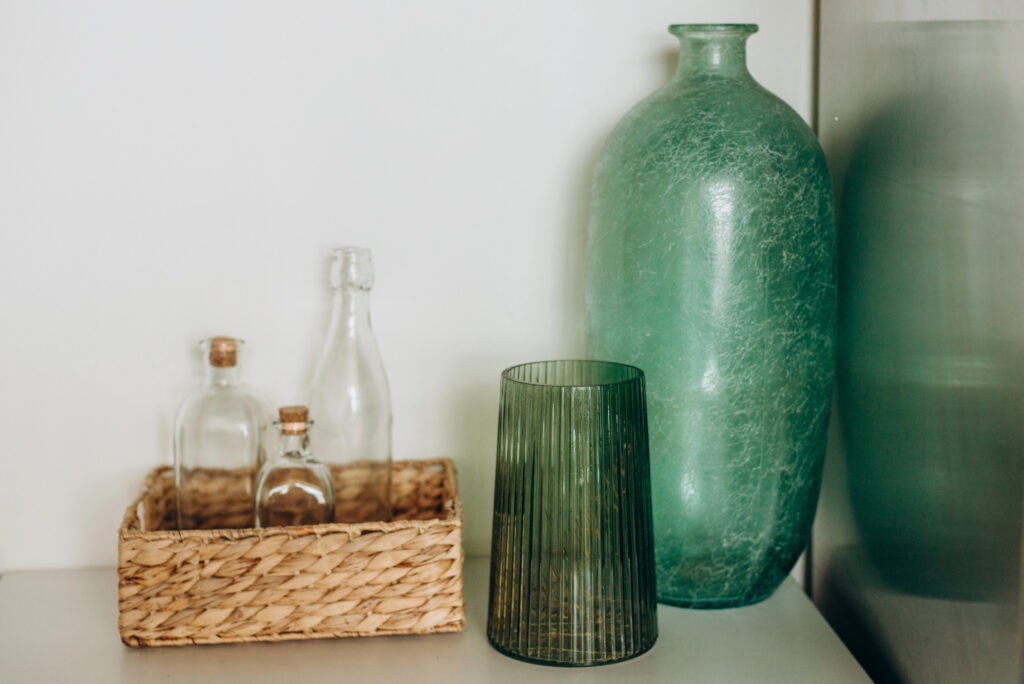

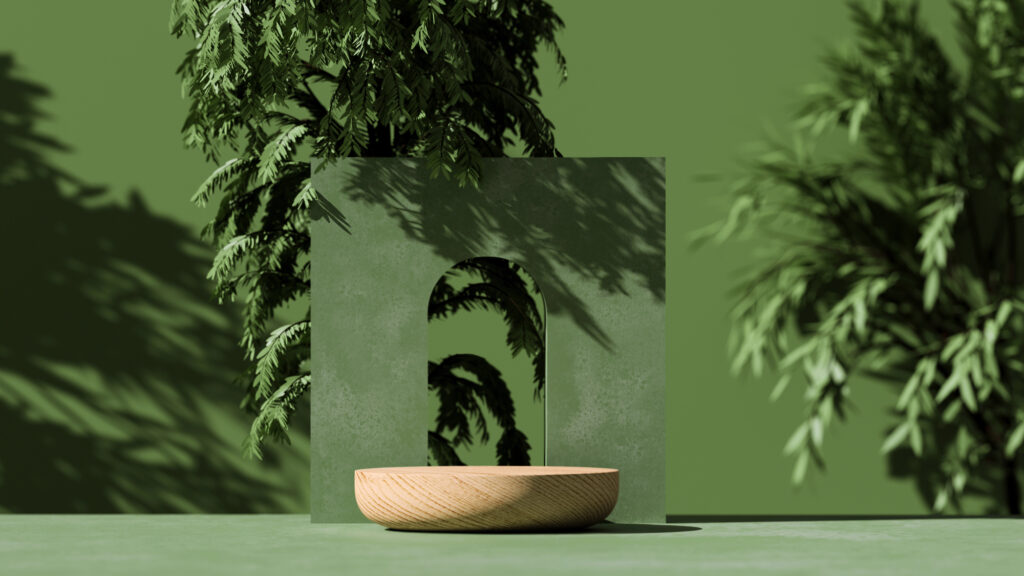



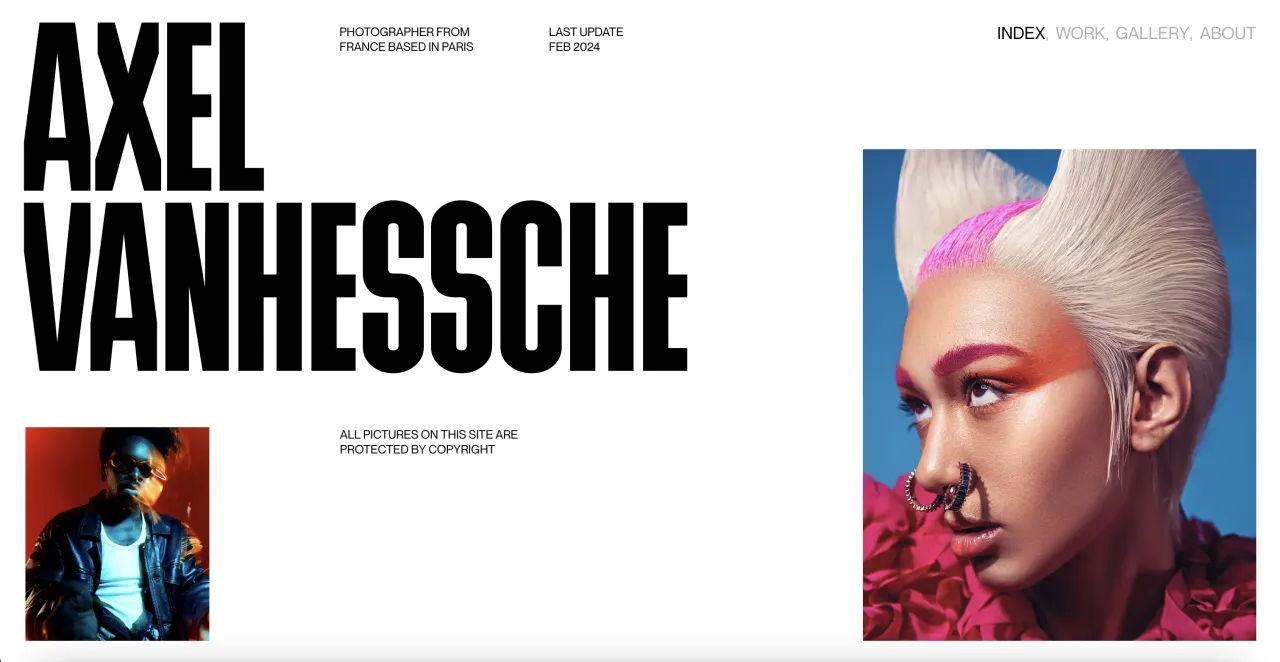


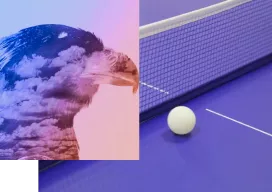
![Step Into the Future: Graphic Design Trends 2025 [Infographic]](https://depositphotos-blog.s3.eu-west-1.amazonaws.com/uploads/2024/12/Blog_Article_graf-trends.webp)
